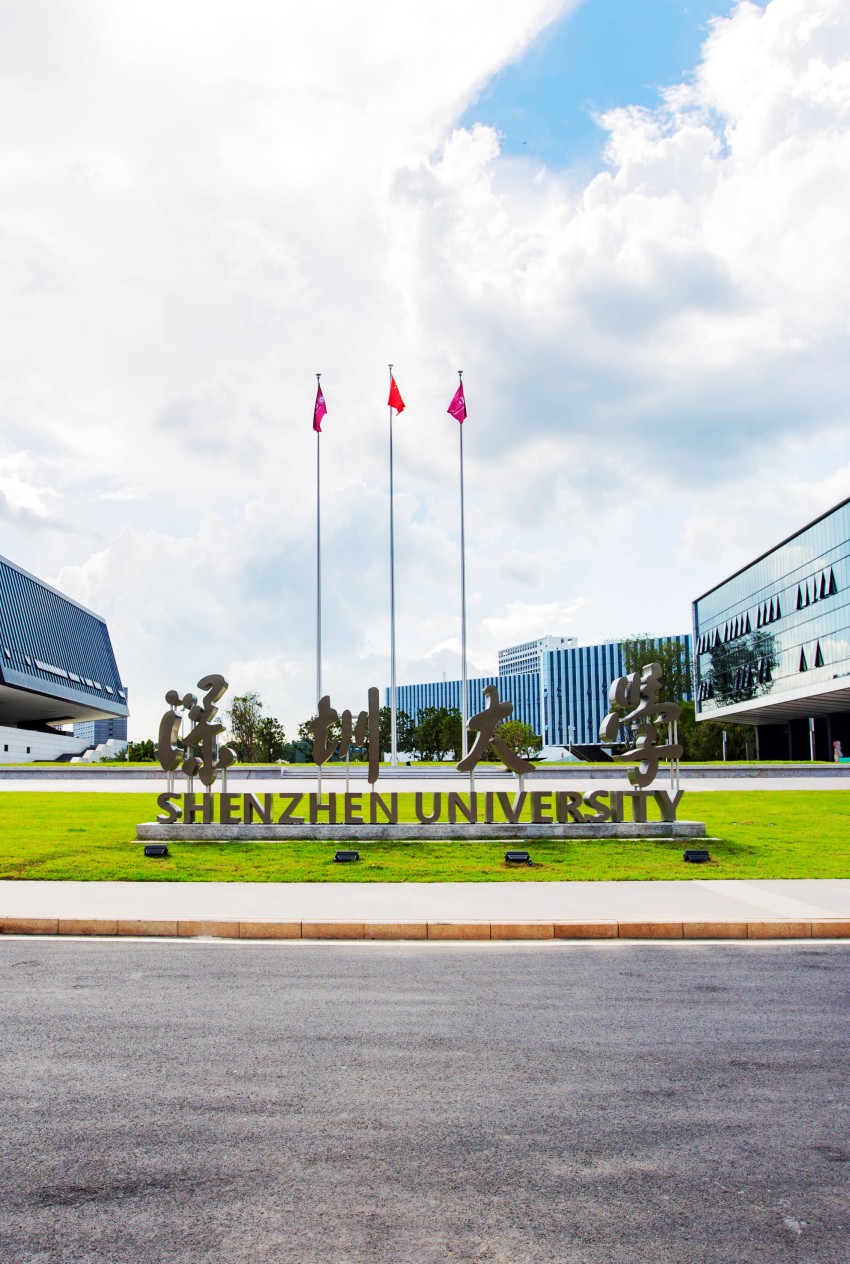Safety is the cornerstone of exploring the mysteries of materials and the guarantee for the smooth progress of every experiment. On October 26, 2025, the Teaching Experiment Center of the College of Materials Science and Engineering organized an immersive laboratory safety mandatory course for all 204 freshmen. This full-day training aimed to instill the principle of safety first into the minds of every future materials researcher, equipping them with the most essential protective armor for their laboratory careers.
1. Morning Session: Geared Up to the Teeth—Personal Defense in the Laboratory
(1) Personal Protection: Our Superhero Gear
Deputy Director Minhong Zhang explained in detail how to select the right ultimate equipment when working with different material systems, such as corrosive acids and alkalis, flammable organic solvents, and nano-dust. From the absolute defense of chemical-resistant goggles against splashes to the isolation provided by lab coats against fine particles and chemical reagents; from the properties of nitrile gloves resistant to organic solvents and acids/alkalis to the necessity of dust masks in specific scenarios—students came to realize that rigorous pre-lab preparation is like Iron Man suiting up, a prerequisite for any scientific adventure.

Figure 1. Practical operation of individual protection in the laboratory
(2) First Aid and Emergency Response: The Golden Four Minutes
In the first aid segment, Yali Cao, a certified emergency rescue instructor, demonstrated principles and CPR techniques tailored to laboratory scenarios like burns, cuts, and chemical splashes. Students learned that proper initial response—such as thorough rinsing and correct bandaging—can significantly reduce harm before professional help arrives. The emergency management segment simulated scenarios like chemical spills and eye exposure, teaching students to remain calm and evacuate according to established protocols, translating the philosophy of integrating knowledge and action into practice.

Figure 2. Lecture and practical session on first aid and emergency response in the laboratory
2. Afternoon Session: Tested by Fire—Fire Safety Knowledge and Practical Drills
After a midday break, the focus shifted to the more impactful macro aspect of safety—fire safety. Shengmin Guo, Vice President of the Nanshan Public Welfare Rescue Volunteer Association, used real-life university laboratory fire cases to underscore the importance of vigilance. He explained the causes and characteristics of various fire types, such as electrical and chemical fires, and highlighted the types of fire extinguishers commonly used in materials laboratories, including dry powder and CO₂ extinguishers.
The theoretical knowledge culminated in practice! As simulated smoke filled the air, the fire drill commenced. Outdoors, students took turns operating fire extinguishers, aiming at controlled flames while chanting the four-step mantra: Lift, Pull, Squeeze, Sweep. They also practiced using fire blankets and experienced the entire process of deploying, rolling, and operating fire hoses. This hands-on drill transformed abstract fire safety knowledge into tangible muscle memory.

Figure 3. The scene of the laboratory fire safety knowledge lecture and fire drill
3. Profound Impact: Fastening the First Safety Button for Future Materials Scientists
For materials science, a discipline grounded in experimentation, the laboratory is both a cradle of innovation and a potential source of risk. The significance of this comprehensive, systematic training extends far beyond a single event:
(1) Awareness First: Embedding a high-standard safety culture in students’ minds before they enter the laboratory fosters a proactive safety mindset from the outset—fastening the first button of their research careers.
(2) Skills Mastery: Translating safety knowledge from theoretical guidelines into actionable skills ensures that every student can respond correctly and swiftly in emergencies, protecting themselves and others.
(3) Cultural Foundation: This initiative is a critical step in building a laboratory safety culture where everyone prioritizes safety and is prepared for emergencies. The inclusion of 204 freshmen injects new vitality into the school’s safety management system, collectively strengthening campus security.
Safety is a journey that begins with a single step. This training is a starting point, not the end. Moving forward, the college will continue to enhance safety management, ensuring that students navigate the vast universe of materials science with confidence and security.
Special thanks to the Laboratory and State-Owned Assets Management Department and the Lihu Campus Management Office for their strong support.
Teaching Experiment Center, College of Materials Science and Engineering
October 28, 2025
Written by: Jinlai Zhao
Reviewed by: Weiqin Ao, Deliang Zhu,Lei Wang
